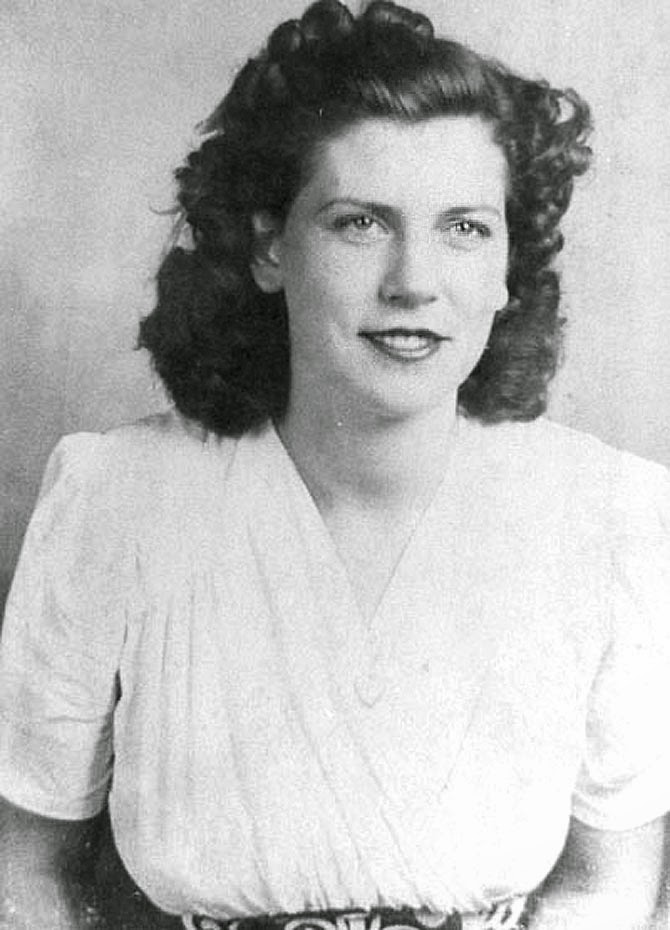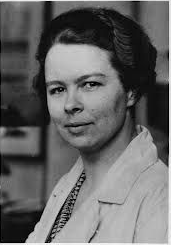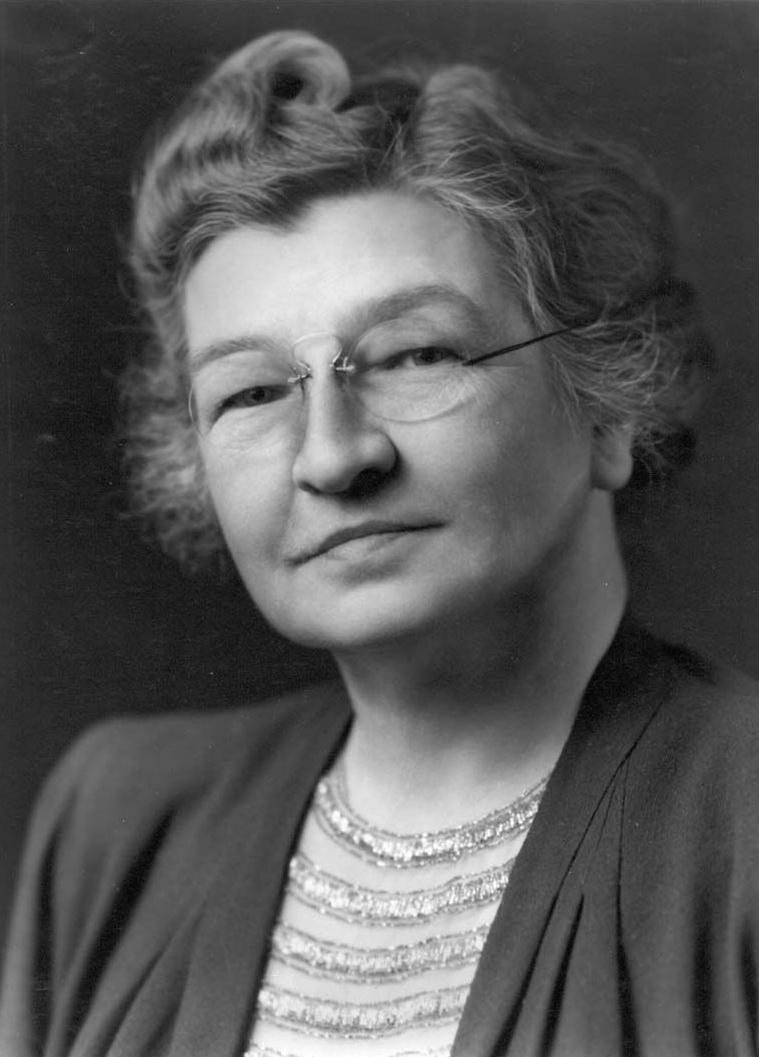March is Women’s History Month, and there are many women who have been responsible for countless inventions and innovations. Suiter Swantz IP would like to take this opportunity to showcase the many achievements of a few early women innovators and scientists.
Margaret Knight (1838-1914)
 Margaret E. Knight, born in Maine always had an interest in creating things. The traditional toys most girls played with never interested Margaret, and she was labeled a tomboy. Once interviewed she said, “dolls never possessed any charms for me…the only things I wanted were a jack-knife, a gimlet, and pieces of wood.” She was well known in town for her woodworking abilities and was envied by all the boys for the kites and sleds she would make.
Margaret E. Knight, born in Maine always had an interest in creating things. The traditional toys most girls played with never interested Margaret, and she was labeled a tomboy. Once interviewed she said, “dolls never possessed any charms for me…the only things I wanted were a jack-knife, a gimlet, and pieces of wood.” She was well known in town for her woodworking abilities and was envied by all the boys for the kites and sleds she would make.
At a young age (9-10) Knight worked in a cotton mill and it is reported that this is where she made her first invention, although never documented. After seeing another child worker get seriously injured when a steel tipped shuttle fell from a loom, Knight invented a shuttle restraining device to prevent this type of injury from happening again. Knight’s inventions did not stop there.
When Knight was older she left Maine and went to work at Columbia Paper Bag Company in Massachusetts. She became fascinated with the idea of a paper bag with a square bottom and how to mass produce them. Paper bags at that time were shaped like envelopes and did not hold much. If someone requested a paper bag with a square bottom, it was a long arduous process done by hand and near impossible to mass produce. With the concept of mass producing a square bottomed bag in mind, Knight spent months drawing designs and having prototypes made of her most famous invention for which she received a patent, IMPROVEMENT IN PAPER BAG MACHINE (U.S. Patent No. 116,842). This patent almost did not happen for Knight, as Charles F. Annan saw her work and raced her to the Patent Office. Knight sued Annan, and when the two sides met in court, Annan and his attorneys tried to convince the court that Knight was not intelligent enough to create something like this as she was a woman. Fortunately, for Knight many people testified on her behalf, and she received the patent in 1870.
Katharine Burr Blodgett 1898-1979
 Katharine was born in Schenectady, New York, to George Blodgett and Katharine Burr. Katharine’s father was a well-known patent attorney and head of the patent department at the General Electric Company. Her father was tragically murdered in the family’s home a month before Katharine was born. After her father’s death, Katharine’s mother moved their family to France where Katharine became fluent in French and English.
Katharine was born in Schenectady, New York, to George Blodgett and Katharine Burr. Katharine’s father was a well-known patent attorney and head of the patent department at the General Electric Company. Her father was tragically murdered in the family’s home a month before Katharine was born. After her father’s death, Katharine’s mother moved their family to France where Katharine became fluent in French and English.
Katharine moved back to New York to finish her secondary education at Rayson School where she excelled in math. She graduated high school at the age of 15 and was awarded a scholarship to attend Bryn Mawr College. She graduated second in her class with a degree in physics. Katharine continued to pursue her education receiving a master’s degree from the University of Chicago. While at the University of Chicago, she researched the absorption of gases on charcoal which led her to invent an improvement in gas masks that was used in World War II. Katharine went on to Cambridge University where she worked in the Cavendish Laboratory under Nobel Prize winner Sir Ernest Rutheford. She became the first woman to earn a Ph.D. in physics from Cambridge.
After Cambridge, Katharine went to work at GE, and she was the first woman scientist ever hired. At GE she collaborated with Irving Langmuir, a friend and co-worker of her late father. What started out as improvements in light bulbs transitioned into surface films. Katharine became an expert in this field and invented nonreflecting glass. She coated sheets of glass with 44 one-molecule-thick layers of liquid soap which resulted in invisible glass that neutralized light rays. She further invented a gauge to determine the thickness of the thin films. While other methods could only accurately measure to a few thousandths of an inch, Katharine’s gauge was accurate to one millionth of an inch, this became known as the Langmuir-Blodgett technology. From this invention, she received her first patent “Film Structure and Method of Preparation” (U.S. Patent No. 2,220,860). Five additional patents were also received for this work.
Katharine was honored for her works multiple times and received honorary doctorates of science form Elmira College, Brown University, Western College, and Russell Sage College. She was also awarded the American Chemical Society’s Garvan Metal, the first to be awarded to an industrial scientist. Katharine’s many discoveries and inventions are significant and still used today.
Edith Clarke (1883-1959)
 Edith Clarke, one of nine children, was born and raised in Elliot City, Maryland. Her parents both passed away before Edith turned twelve, and as a result, she received an inheritance from them when she turned 18. Edith decided to use that inheritance to go to Vassar College to study mathematics and astronomy. Edith graduated top of her class with Phi Betta Kappa honors. Subsequently, she taught math at a private girls’ school in San Francisco and later at Marshall College in Huntington, West Virginia.
Edith Clarke, one of nine children, was born and raised in Elliot City, Maryland. Her parents both passed away before Edith turned twelve, and as a result, she received an inheritance from them when she turned 18. Edith decided to use that inheritance to go to Vassar College to study mathematics and astronomy. Edith graduated top of her class with Phi Betta Kappa honors. Subsequently, she taught math at a private girls’ school in San Francisco and later at Marshall College in Huntington, West Virginia.
Always wanting to pursue a career in engineering, Edith left her teaching position to enroll in the civil engineering program at the University of Wisconsin. In the summer, Edith took a job working for AT&T as a “computer,” or human calculator, which is a person who solves complex math equations. She enjoyed this work so much that she stayed on full-time but eventually left to enroll in the electrical engineering program at MIT in Boston. She became the first woman at MIT to be awarded a Master’s of Science degree in electrical engineering. Edith used her degree to get a job, again, as a “computer” this time at General Electric (GE). During her time at GE she filed a patent for a graphical CALCULATOR (U.S. Patent No. 1,552,113). This calculator was to be used in the solution of electric power transmission problems.
Edith stayed with GE for 26 years but left to teach electrical engineering at the University of Texas. She became the first woman professor of electrical engineering in the United States and taught until she retired. Dr. James E. Britain wrote a paper about Edith Clarke’s career and said, “[h]er outstanding achievements provided an inspiring example for the next generation of women with aspirations to become career engineers.” Some of those achievements led her to be the first woman elected to the American Institute of Electrical Engineers, which is now the Institute of Electrical and Electronic Engineers. She received a lifetime achievement award from the Society of Women Engineers and was noted for her many published works.
Suiter Swantz IP is a full-service intellectual property law firm serving all of Nebraska, Iowa and South Dakota. If you have any intellectual property questions or need assistance with any patent, trademark or copyright matters and would like to speak to one of our patent attorneys please feel free to contact us.
